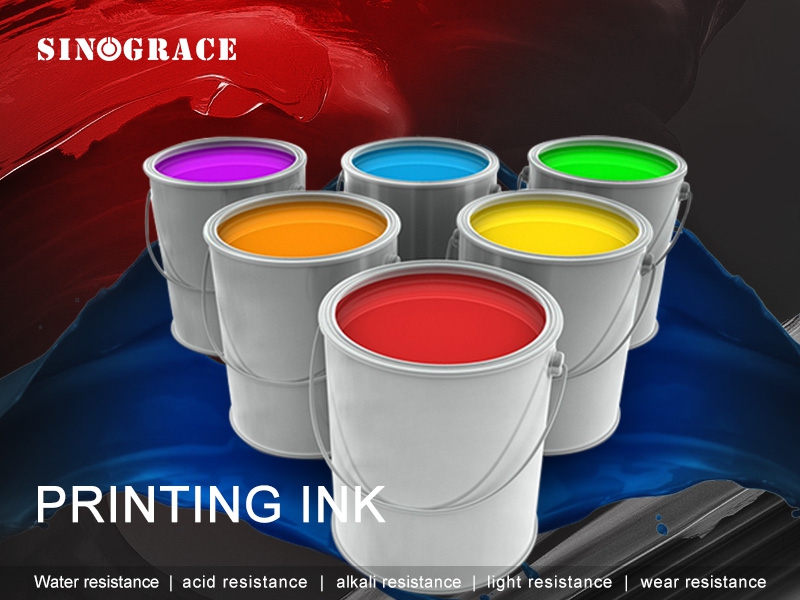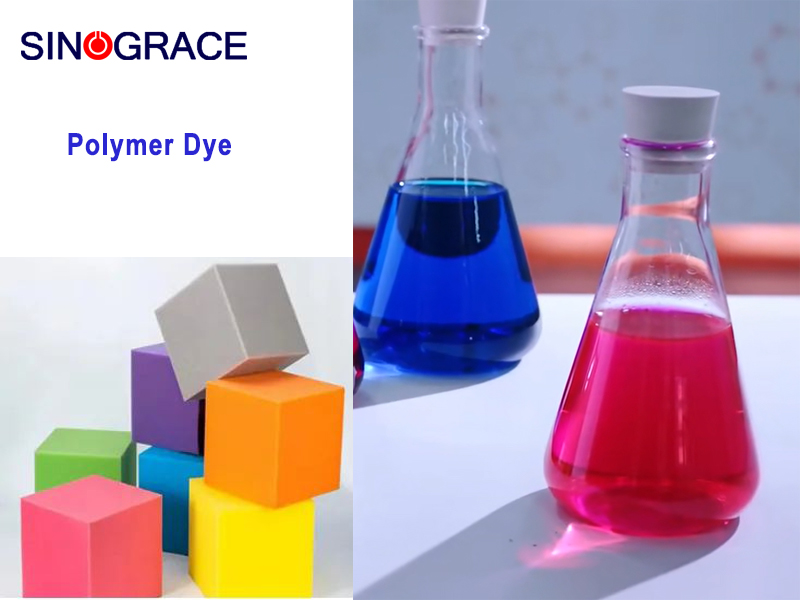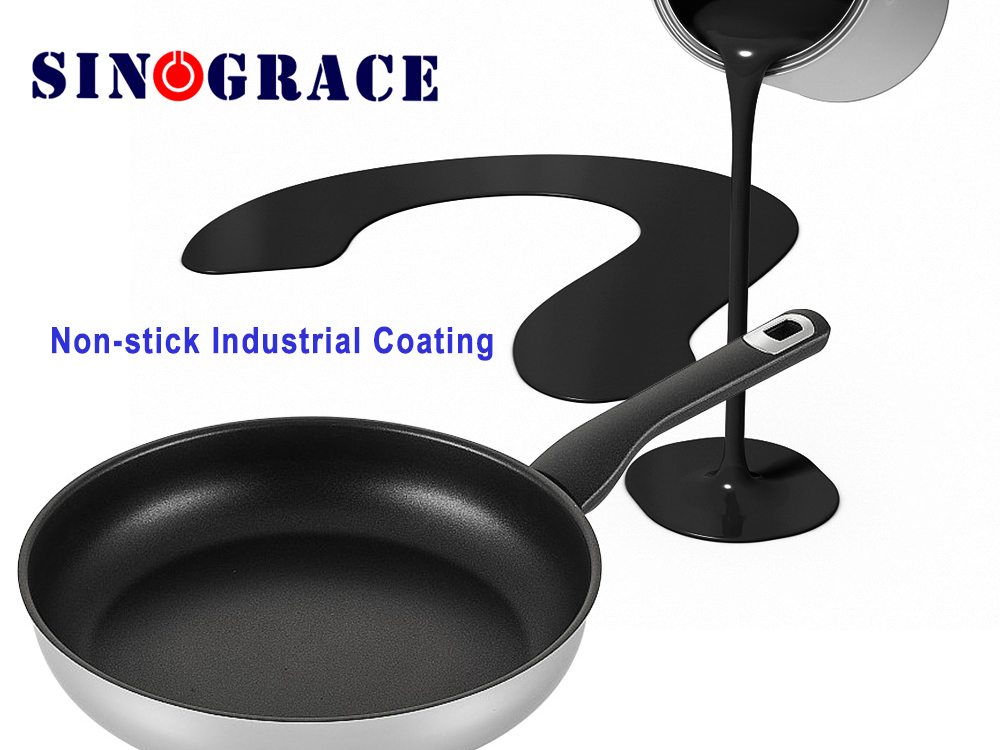Water-based acrylic resin application: Water-based ink
Water based acrylic resin has many applications. Today, let's talk about one of them - water-based ink. 1. Water-based ink and solvent-based ink As is known to all, water-based ink has the advantages of being environmentally friendly, non-toxic, without irritating odors, and without corrosiveness. During use, it can be diluted directly with tap water, and is harmless to the environment and human body. However, solvent-based ink has high image quality durability during printing. Its field is in the large-format and wide-format markets. The evaporation of solvents is more likely to cause certain pollution to the environment compared to water-based ink. water-based ink solvent-based ink Solvent Inorganic solvents (water) organic solvent Smell Low odor and non-toxic Stinky odor, toxic Applicable for printing Flexographic printing, intaglio printing Offset printing is the main method Water-based inks inherently meet environmental protection requirements. They have specific advantages such as being non-toxic, having no irritating odor, non-flammable, non-explosive, and convenient for transportation and storage. Currently, they are gradually taking market share from solvent-based inks. As environmental protection becomes increasingly strict, this rate of cannibalization will accelerate further. Water-based inks are made from water-soluble resins, water-based pigments, additives, and solvents. The additives generally include: defoaming agents, pH stabilizers, etc. Secondly, water-based inks are also divided into many types. The following are some examples: 1. Special water-based ink for food soft packaging laminated printing; 2. Special water-based ink for plastic surface printing; 3. Special water-based ink for soft PVC printing; 4. Special water-based ink for PVC heat shrink film printing; 5. Special water-based ink for PET heat transfer printing; 6. Special water-based ink for hygiene packaging materials printing; 7. Water-based plastic screen printing ink, etc. Thirdly, let's introduce a specific water-based plastic ink. BA Seriesis a room-temperature self-crosslinking acrylic modified resin, specially designed for water-based plastic inks. The product is easy to use and does not require a drying tunnel, meeting the drying requirements of various printing machines. Features: - Good leveling, wetting and adhesion - Good dispersion of pigments - Good transparency of film formation - High glossiness - Fast drying, etc. Application scope: Suitable for the manufacture of water-based inks on various plastic substrates (such as PVC, PET, BOPP, etc.). Main product indicators: Appearance: Light yellow transparent liquid pH value: 7.0 - 9.0 Viscosity (tested by rotor viscometer): ≥ 2000 mpa Glass transition temperature: Approximately 17℃ Usage method: Water-based acrylic resin can be adjusted in viscosity and drying speed by using alcohol or alcohol ether type solvents (such as propylene glycol methyl ether, isobutanol, ethanol, methanol, etc.). The dosage can...
read more

 English
English français
français русский
русский español
español العربية
العربية








